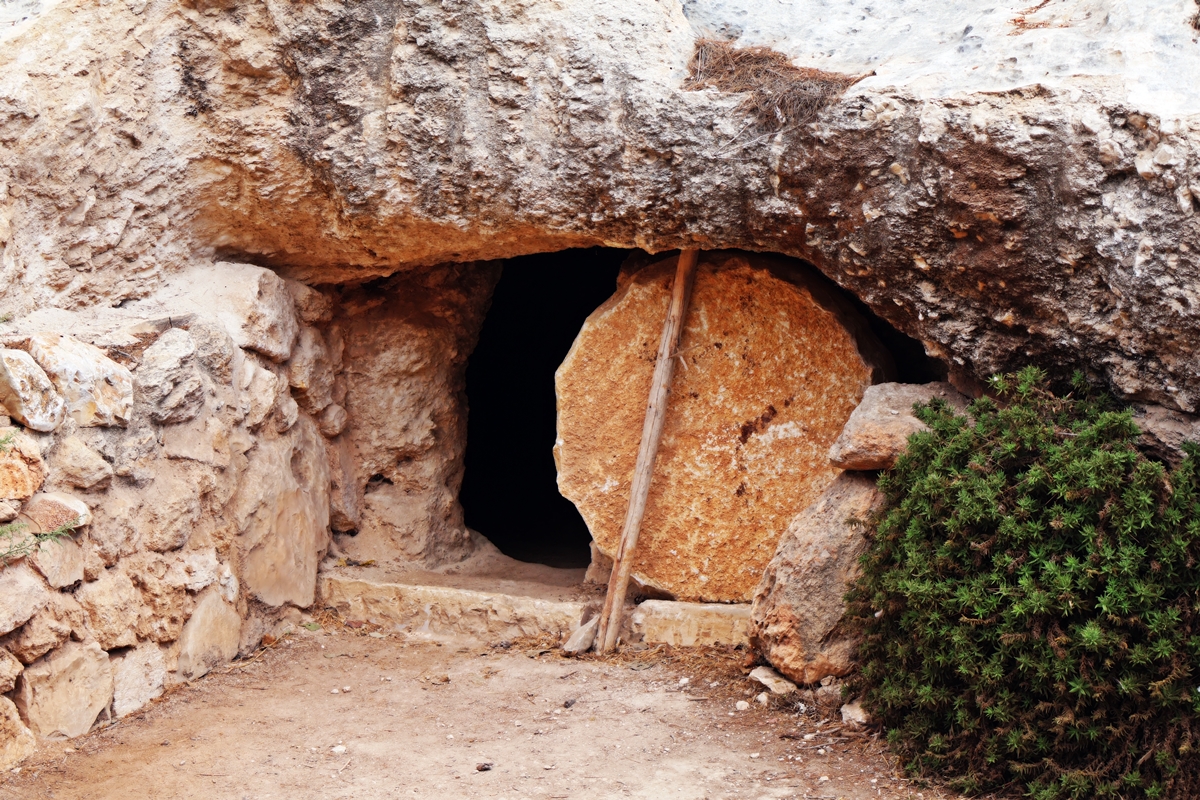

If you meet the Buddha on the road, kill him: a famous zen saying. In the account of the disciples on the road to Emmaus after the Resurrection, it says that at the breaking of the bread their eyes were opened and they recognized him and ‘then he disappeared from their sight’.
Every spiritual tradition has an element of the iconoclastic, the shattering of even sacred images and the dethroning of dogma that we have enthroned at the expense of the true ruler. St Gregory of Nyssa went so far as to say that every image of God is an idol. Yet visit a beautiful country English church, worn smooth by centuries of regular worship and see the statues of Jesus, Mary and the saints decapitated by the puritan extremists, the fundamentalists of their day. Then, sadness touches our souls at the coldhearted desecration of beauty and the intolerance turned against forms of reverence practiced by others. When the Taliban blew up the ancient monumental Buddhas of Bamiyan the world shuddered.
Iconoclasm is necessary and yet itself needs to be shattered at times. Take a beautiful insight born from experience in the glow of wisdom; turn it into an idea, then into a non-negotiable truth. Freeze it in a particular set of words and make it a membership test of the group you belong to. The ossified form of the original insight needs to be broken – even if it seems as if it is disappearing and we fear the emptiness that is exposed. But then the insight returns, freed from its shell, and the emptiness unfolds as a fresh and fragrant fullness. The opposite of this however is addiction to a sterile irony. Instead of shattering the sacred which is a form of blasphemy that inversely expresses true reverence – worship in spirit and in truth – constant irony and skepticism drain us. It declares that nothing is ever sacred. Anything that takes shape as a genuine experience of truth is immediately jumped on and trampled by a kind of feral wit, an anarchy of the spirit.
In Lent we remember the importance of iconoclasm – statues and crucifixes in Catholic churches are not shattered but covered in purple cloth. But the purpose is to sharpen our ability to recognize the divine in its moment of revelatio which, as far as the ego is concerned is also the instant of its disappearance. Saying the mantra teaches us this directly.
Laurence Freeman OSB
Listen to the Lent Daily Reflections Podcast HERE





